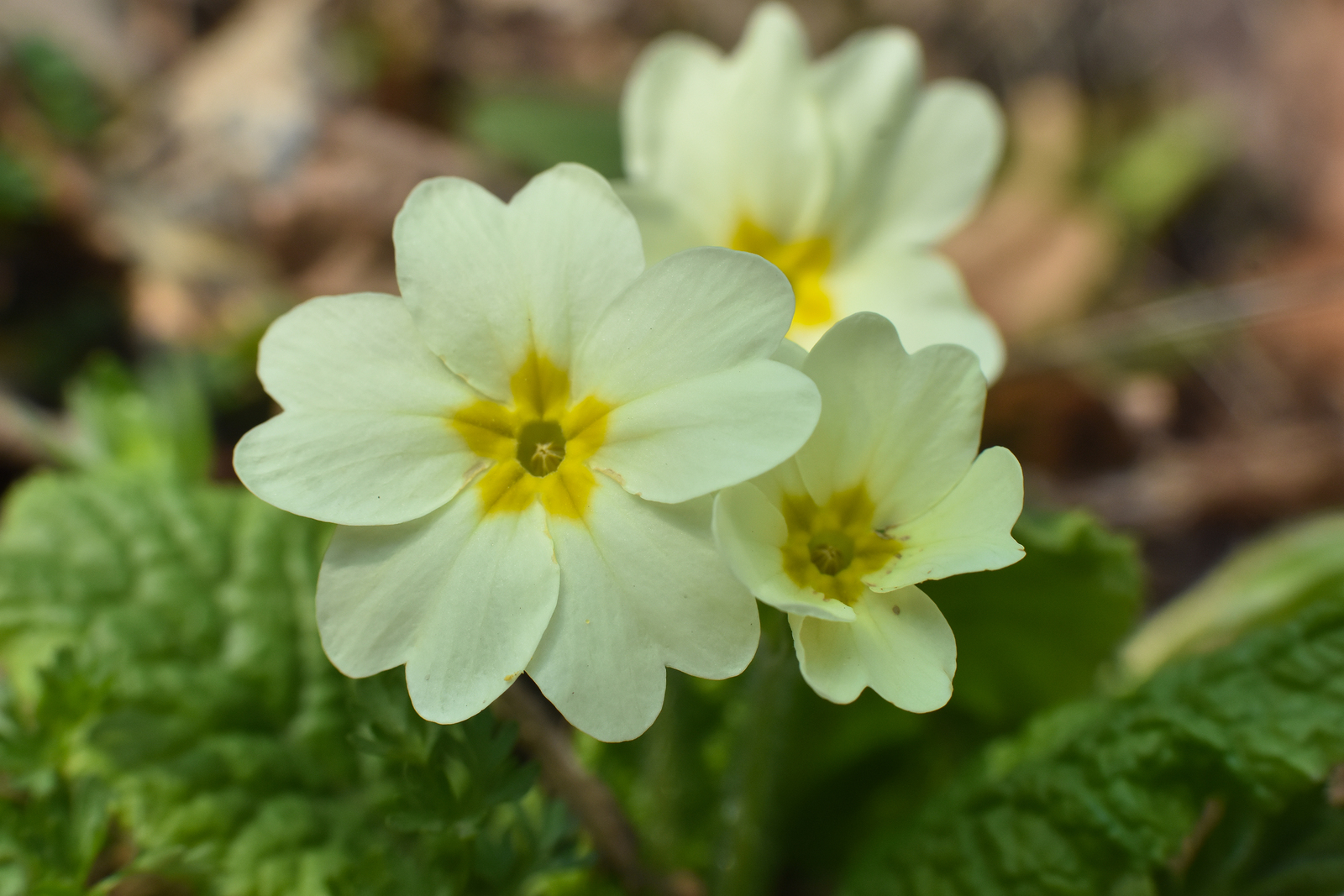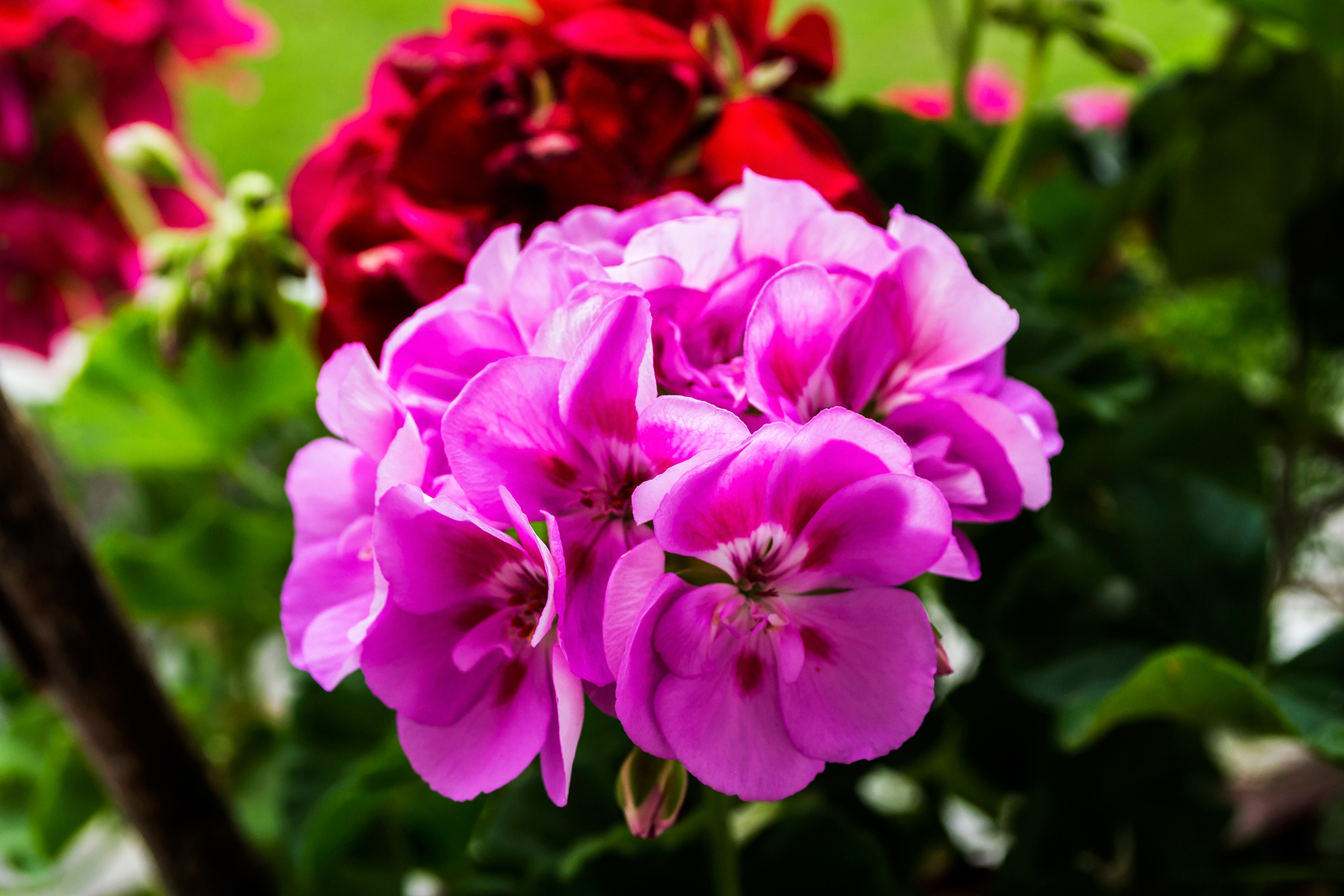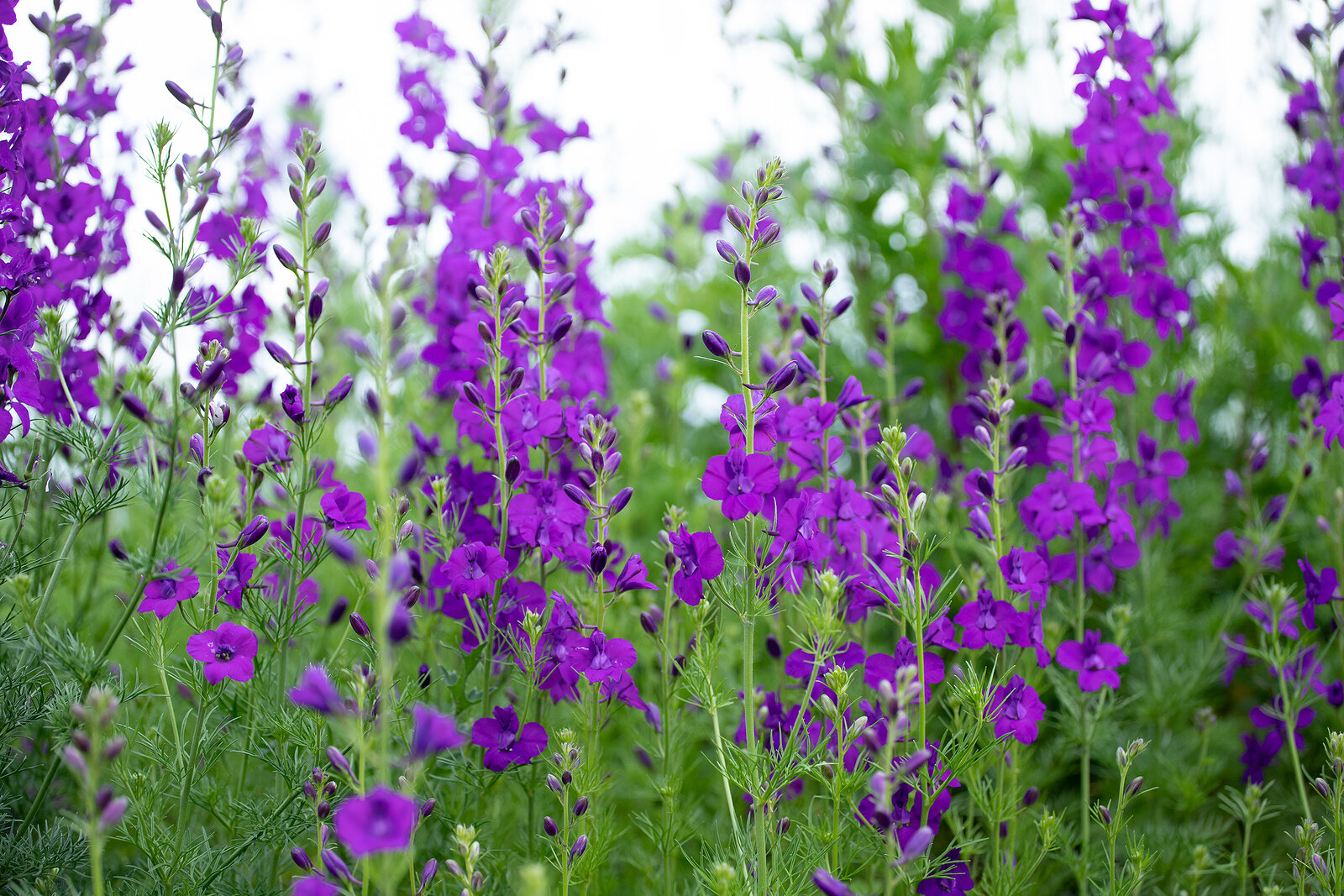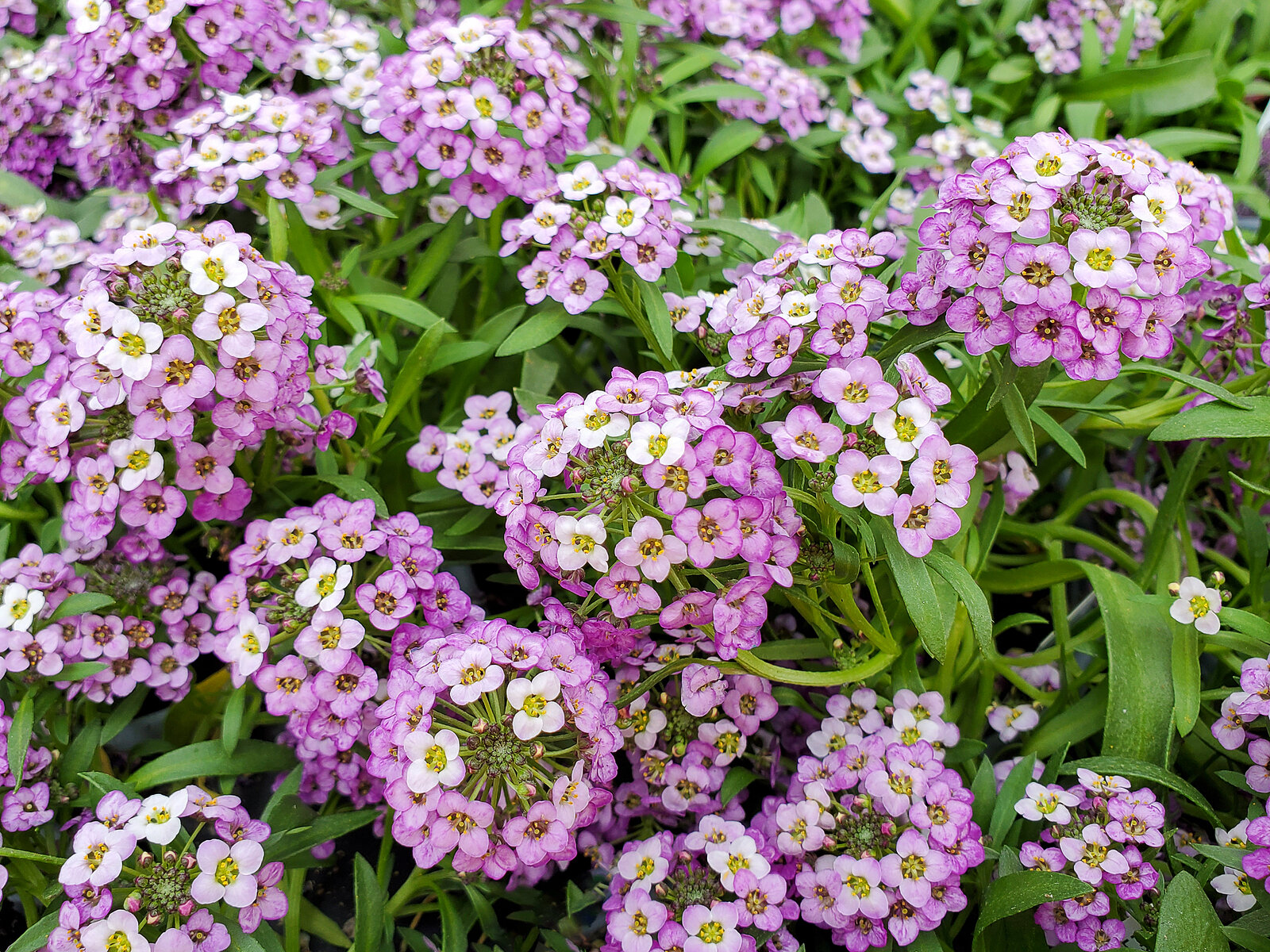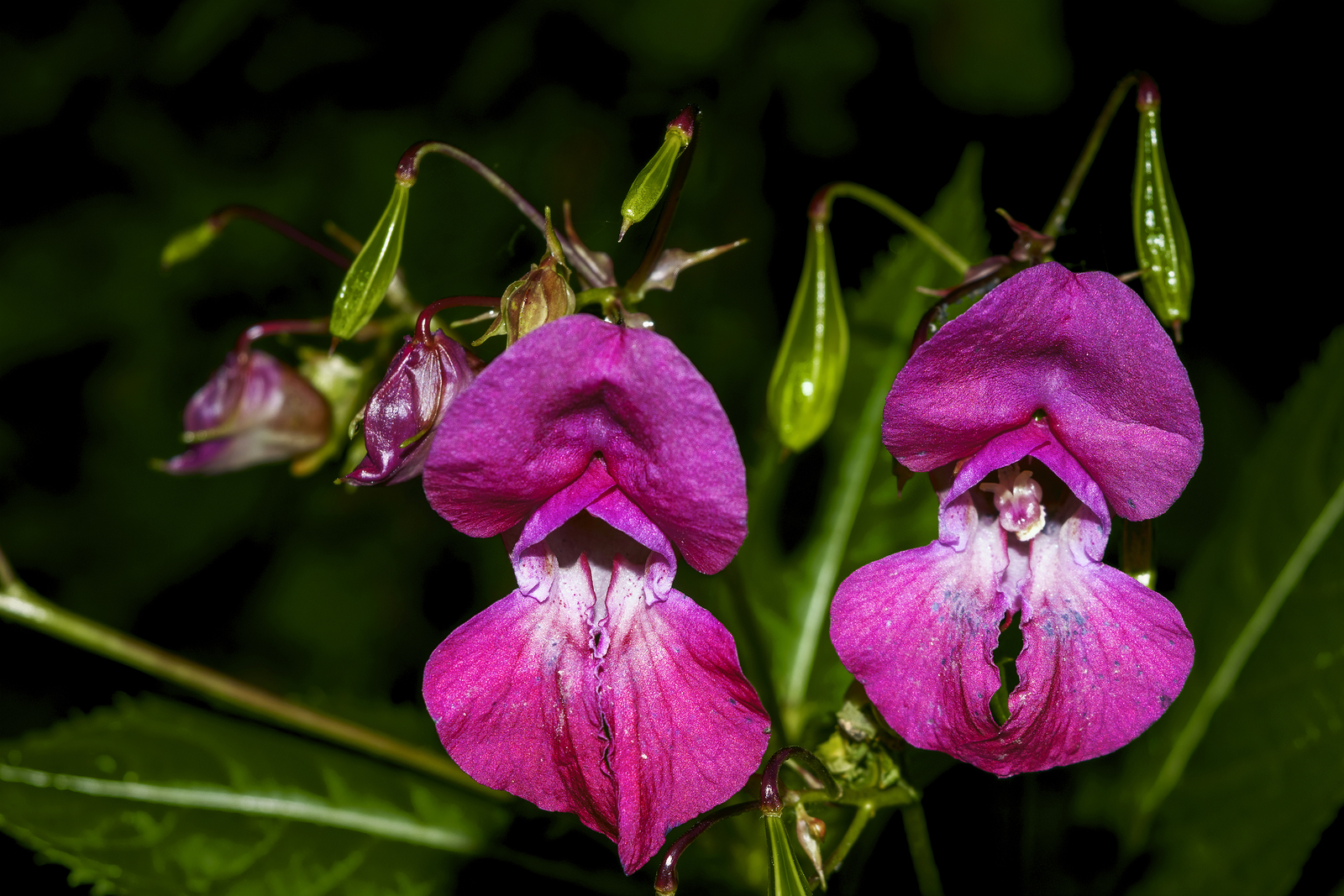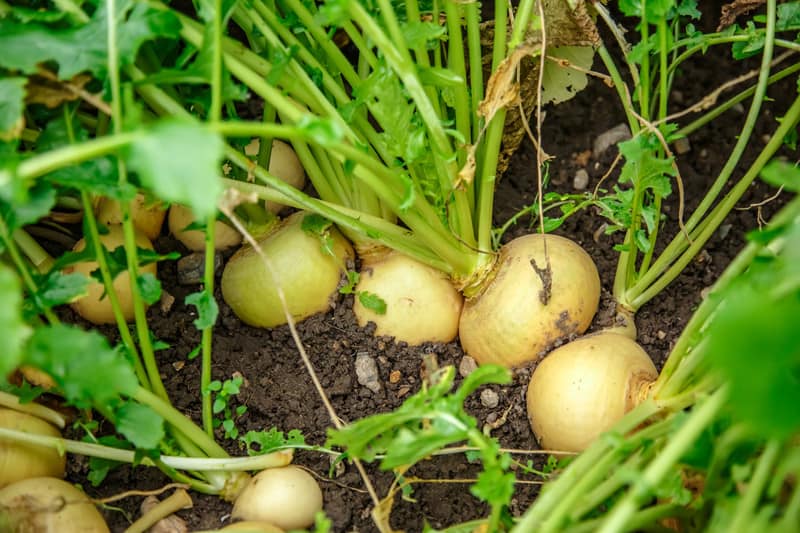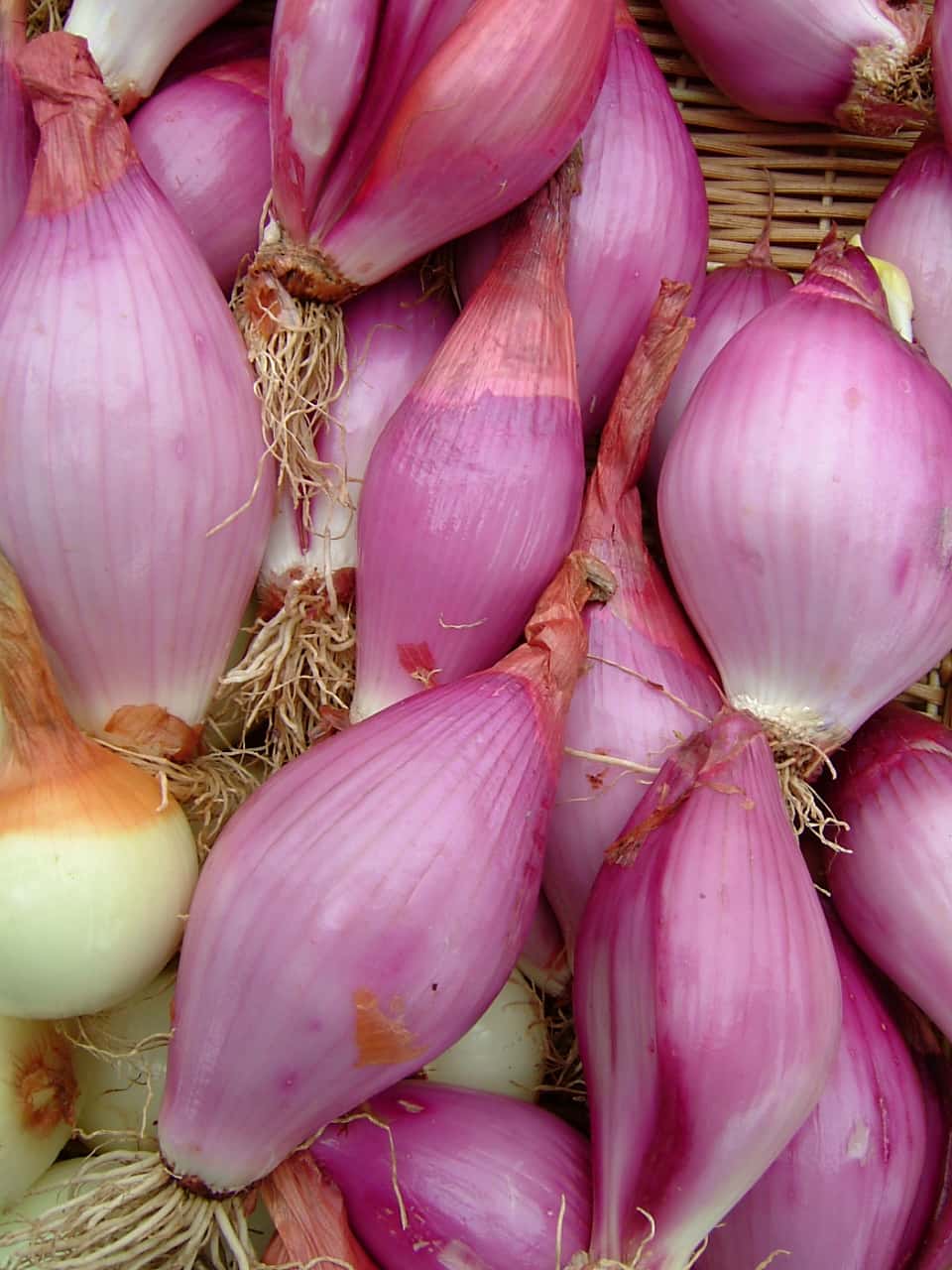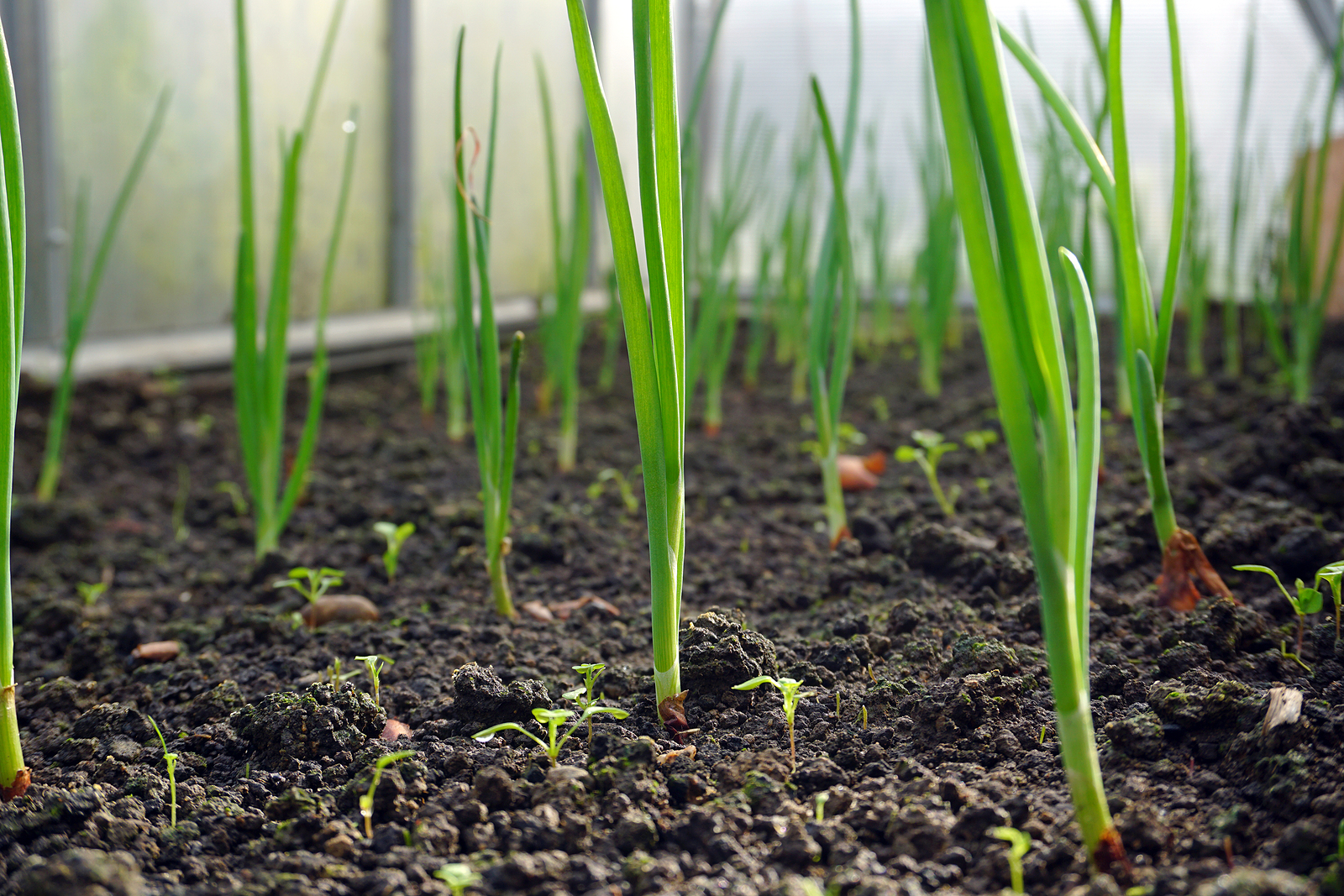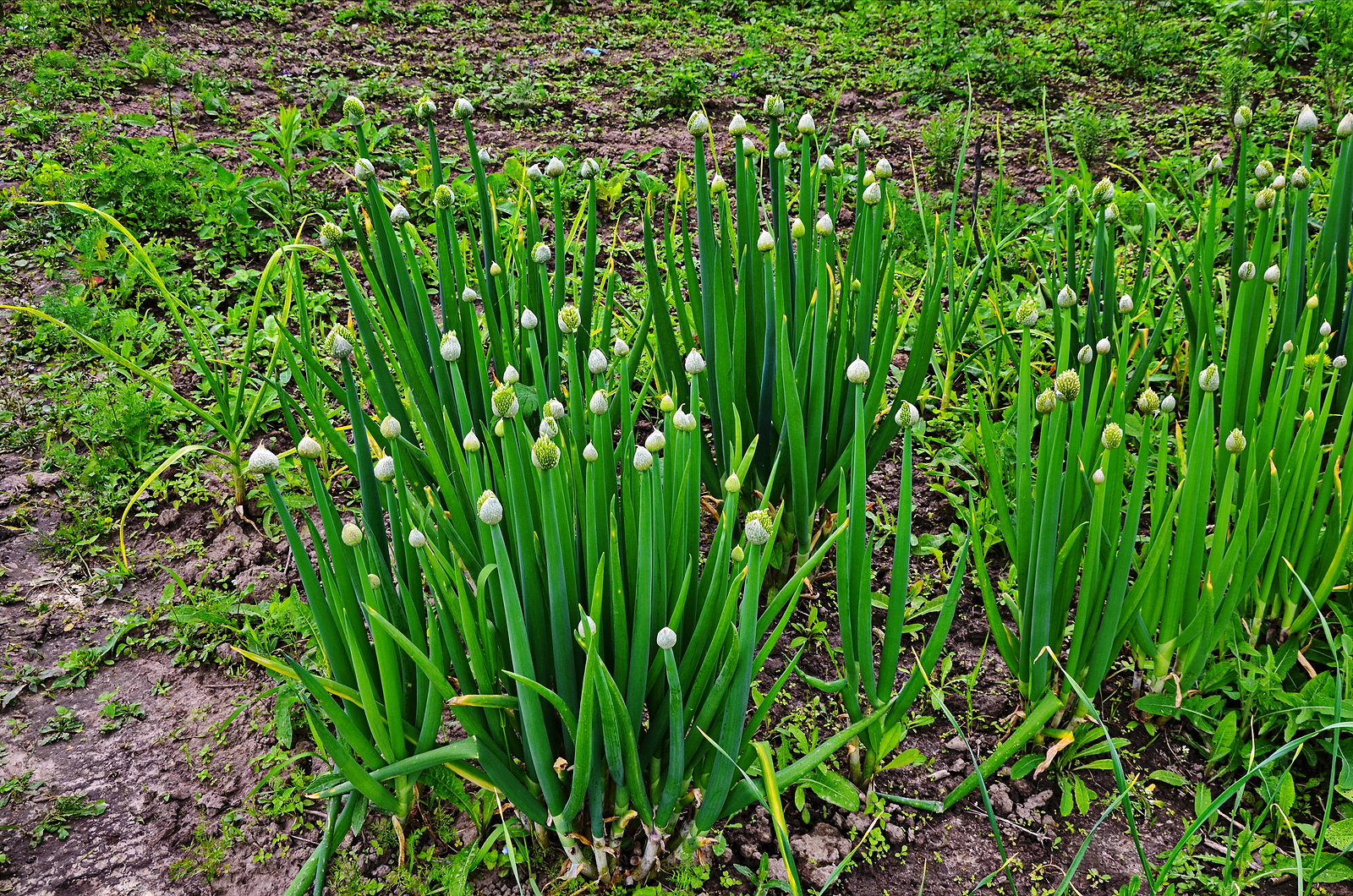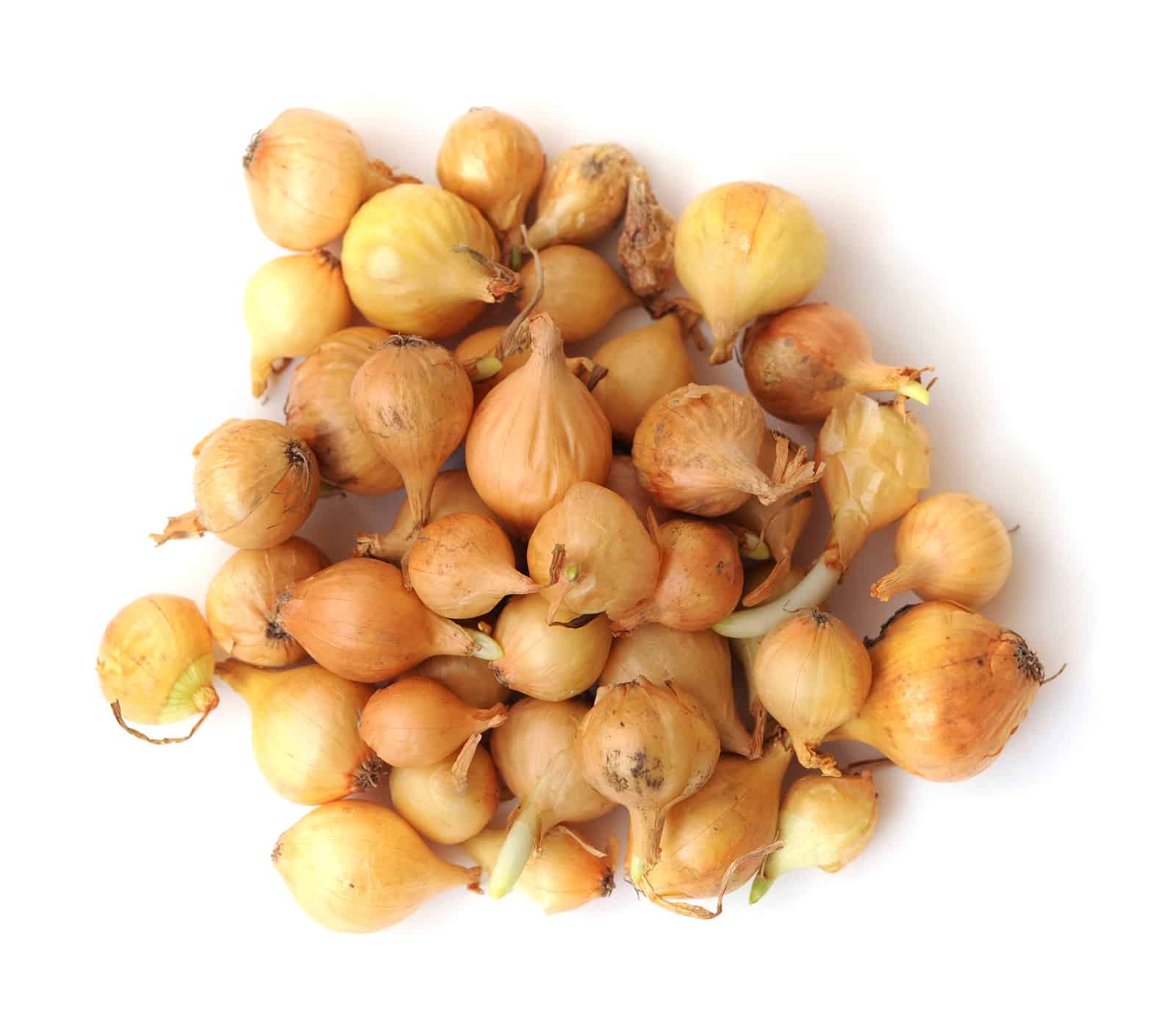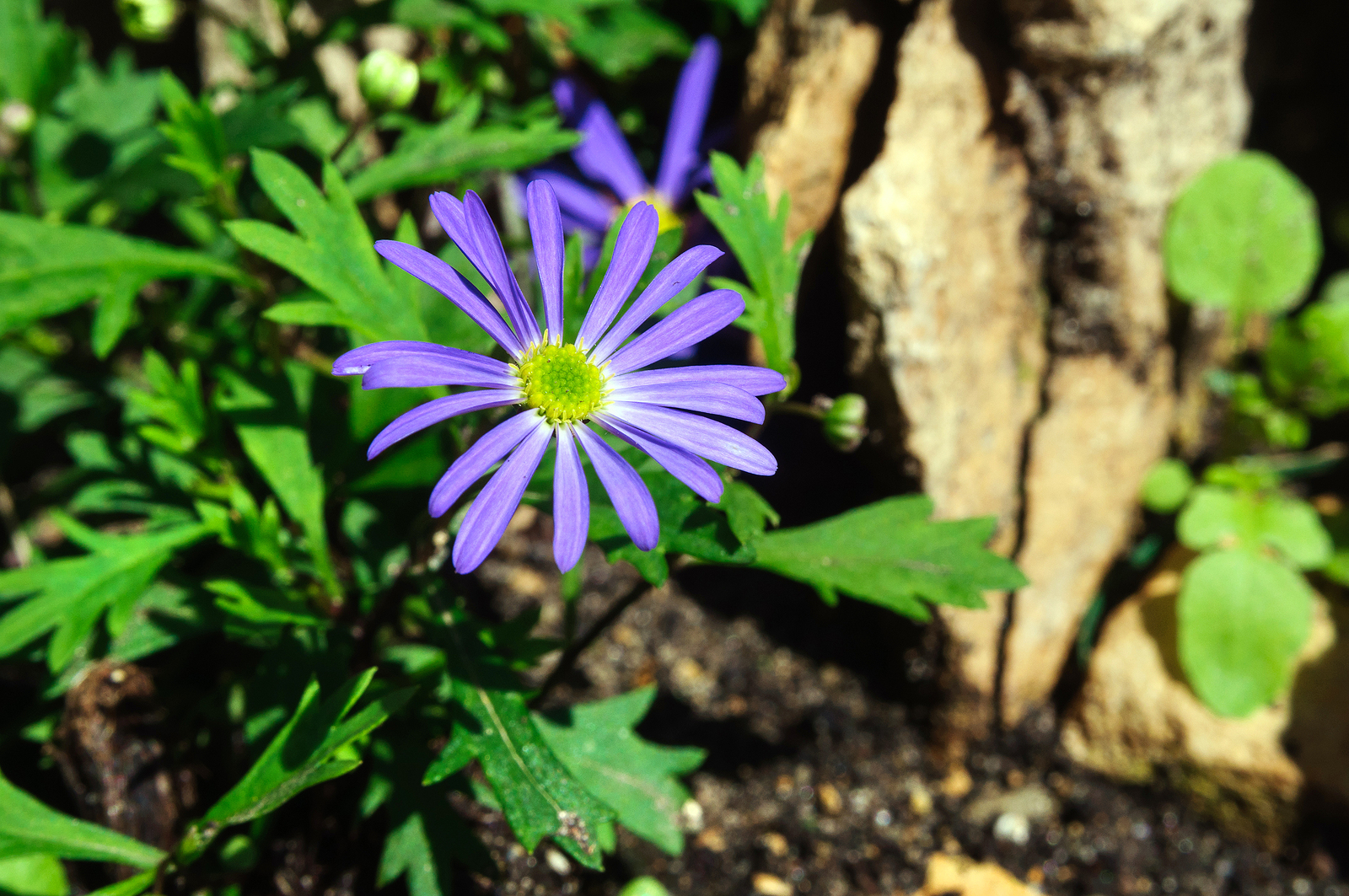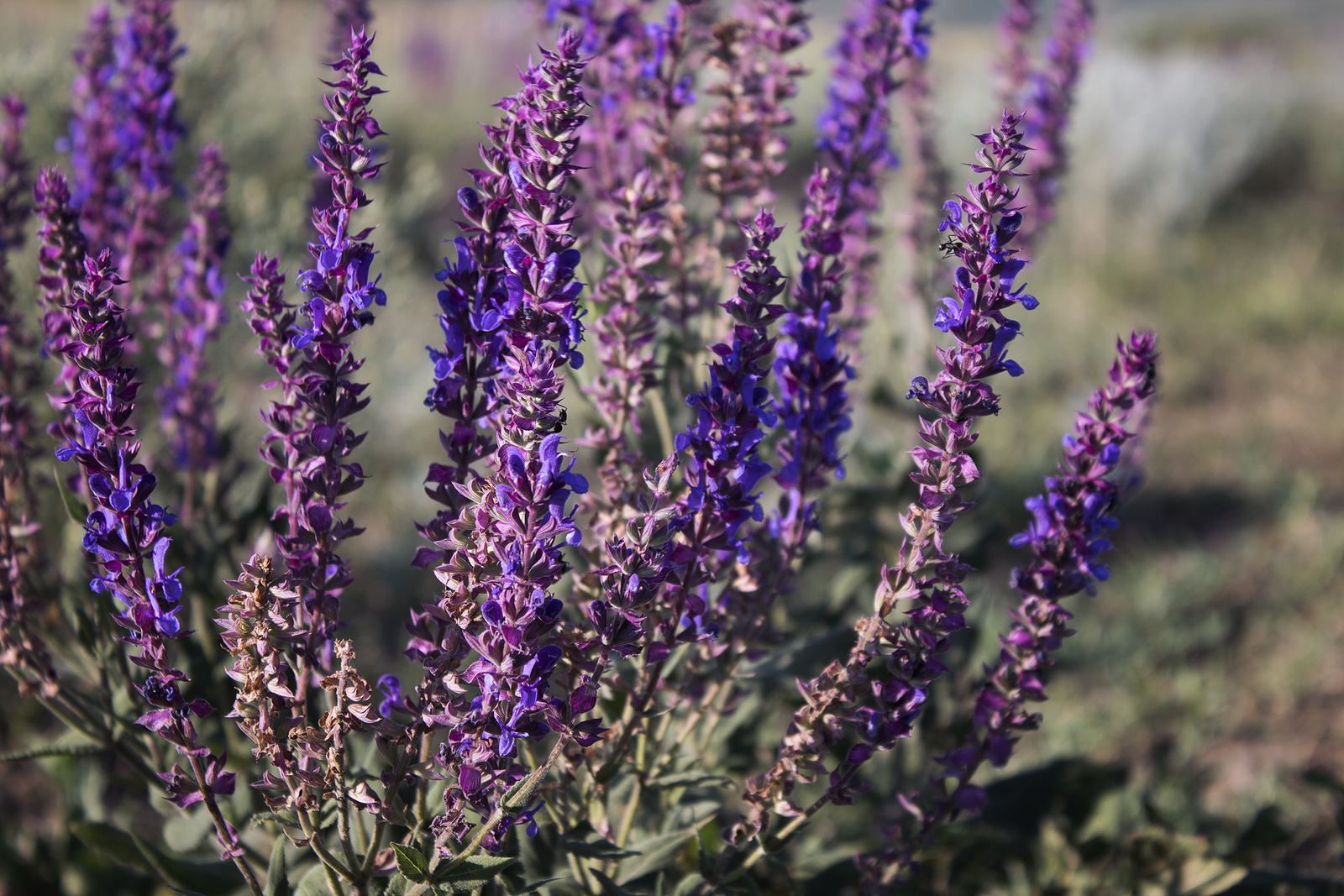How to Grow
Latest stories
More stories
-
How to Grow Larkspur – Consolida
Consolida–commonly called larkspur looks very much like delphinium; they are members of the same genus. Larkspur has spurred, delphinium-like flower stalks in pink, blue, or white rising above feathery, softly downy, mid-to-dark green leaves. Larkspur is a favorite choice for cottage gardens and annual borders. Larkspur is the name commonly applied to the annual species […] More
-
How to Grow Sweet Alyssum – Lobularia
Lobularia–commonly called sweet alyssum–has fragrant white blooms from late spring to early fall. Sweet alyssum is a ground-hugging perennial, grown as an annual. It has narrow mid-green leaves and is considered invasive in some areas. Lobularia maritima is a perennial but is generally grown as an annual. The plants grow 4 to 10 inches tall. […] More
-
How to Grow and Care for Snapdragons -Antirrhinum
Snapdragons, Antirrhinum, are known for their colorful, upright spikes of fragrant flowers in a wide range of bright and pastel colors. Snapdragon cultivars include some that grow just a half foot tall and others that grow to 6 feet (182cm) tall. Tall and intermediate-sized Antirrhnum provide vertical color and accents in the garden. Dwarf forms […] More
-
How to Grow Pot Marigolds — Calendula
Calendulas are the cool-season cousins of summer marigolds. These easy-to-grow annuals are nicknamed “pot marigolds” because they resemble marigolds and the leaves were once cooked in pots as a vegetable. Calendulas can be readily grown from seed. The large seeds are easy to handle and plant and they germinate quickly. Use calendulas in beds and […] More
-
How to Plant and Grow Turnips
Turnips are grown as a root vegetable or for their green leaves, Turnips are a cool-season crop; they grow and taste best when they come to harvest in cool weather. The turnip is a hardy, cool-weather biennial grown as an annual. The turnip has a rosette of bright green, wavy-edged leaves that grow to 12 […] More
-
How to Plant and Grow Onions
Onions can be grown for their green immature stems or they can be grown for their mature bulbs. These strong-smelling plants have been extremely popular for centuries. Two main types of onions are grown in the home garden: the young, green or white, bunching sorts eaten fresh and before the mature bulb has formed, and […] More
-
How to Grow Green Onions, Spring Onions, and Scallions
Scallions, green onions, and spring onions are immature onions that have not formed a white bulb. What’s the difference between scallions, green onions, and spring onions? There is little to no difference. Scallions Scallions are the youngest or least mature of onions with very thin white bases no wider than their long, straight green stalks. […] More
-
How to Plant, Grow, and Harvest Welsh Onions
Welsh onions are easy to grow. They are cool-season crops. They are best planted in spring or autumn. Welsh onions are mild-flavored members of the onion family. They can be added raw to salads and soups. They can be stir-fried and sauteed and served with beef or chicken. They can be used as garnish. Welsh […] More
-
How to Grow Onion Sets
Onion sets are small, dry onion bulbs grown the previous season but not allowed to mature. Grow your own onion sets from seed. It is not difficult, does not require much time, and can put you ahead in both time and money. Planted in the second season onion sets produce an early crop of bulb […] More
-
How to Grow Swan River Daisy — Brachycome
Swan River daisy, Brachycome, adds a decorative flair to pots and baskets. Swan River daisy has feathery green leaves and blue, pink, purple, or white daisy-like flowers from summer to early fall. There are 60 to 70 species in this genus but only Brachycome iberidifolia is grown in gardens. B. iberidifolia can be planted in […] More
-
How to Grow Annual Blue Salvia — Salvia
Annual blue salvia, Salvia farinacea, produces spikes of small purple-blue flowers from midsummer to fall. Annual blue salvia is sometimes called mealycup sage. The plant is an upright perennial often grown as an annual. Leaves are lance-shaped. Annual blue salvia has the best effect when planted in drifts in beds and borders. More than one […] More
-
How to Grow Sage — Perennial Salvias
Salvias are grown for their showy spikes of flowers. Flowers are 2-lipped–the upper lips erect and hooded, the lower ones are toothed and spreading. Flowers can be tubular to bell- or funnel-shaped in a wide range of colors. Salvias make up a large genus of popular garden plants. There are many species of half-hardy annuals […] More

